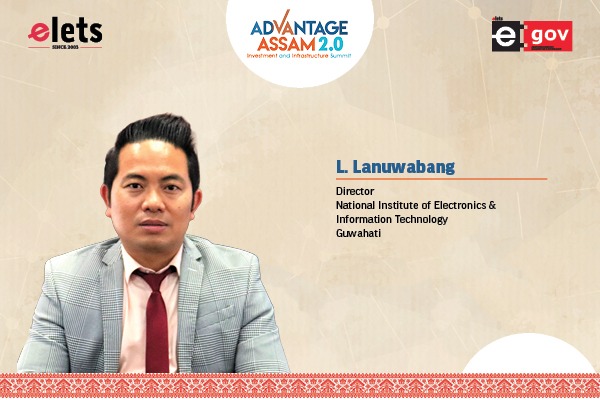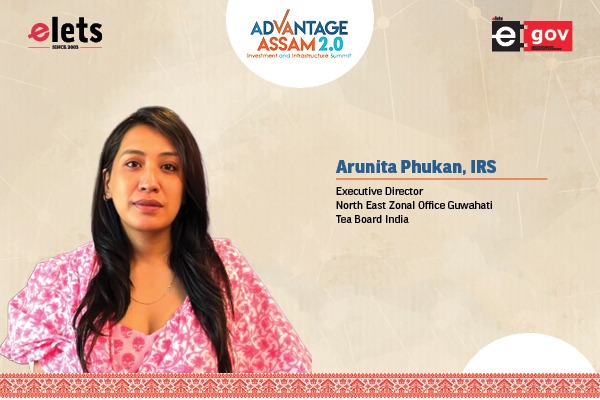
Kamathipura, a storied quarter of Mumbai, breathes a rich tapestry of history, where the threads of cultural, political, and literary heritage are intricately woven together. This locale, steeped in the echoes of the past, has been a cradle for luminaries such as Namdeo Dhasal, the Marathi litterateur whose childhood in these humble chawls inspired the poignant verses of his celebrated collection, ‘Golpitha’. It is here that the poetic musings of Shahir Amar Shaikh, Kaifi Azmi, and Sahir Ludhianvi took flight, their ghazals and Shayari infusing the air over countless cups of tea, leaving an indelible mark on Bollywood’s lyrical landscape. Kamathipura, though often overshadowed by its reputation as a red-light district, stands as a silent witness to myriad social movements and artistic endeavours that have shaped the city’s soul. This historic enclave is poised on the brink of transformation as it readies itself to be reborn under the ‘Urban Village’ initiative.
The most ambitious cluster Redevelopment project is being implemented by Maharashtra Housing and Area Development Authority (MHADA), along with other stakeholders, and was approved by the government in January 2023.

The Mumbai Buildings Repair and Reconstruction Board, a unit of MHADA, has been assigned the pivotal task of redeveloping 15 chawls in Kamathipura. This article delves into the history, current state, and future of Kamathipura, highlighting its historical significance and the upcoming redevelopment plans.

Revamping Kamathipura: The ‘Urban Village’ Initiative
Kamathipura, once a shadowed name in Mumbai’s history, renowned for its red-light district, is on the cusp of a magnificent metamorphosis through the ‘Urban Village’ vision. This grand initiative christened “Urban Village Kamathipura Township,” emerges as a beacon of social responsibility, guided by the stewardship of MHADA’s Mumbai Building Repairs and Reconstruction Board. Under the auspices of DCR 33(9) within the Development Control Rules and Promotion Regulations 2034, this redevelopment endeavour promises to breathe new life into the once-worn cess and non-cess buildings and their adjacent plots. The transformation will grace Kamathipura, embracing the entirety of lanes 1 to 15 with a renewed spirit and elegance.

The Urban Village Kamathipura Township Project, to be implemented on the lines of the Saifee Burhani Upliftment Trust’s cluster redevelopment initiative in South Mumbai, is a large-scale plan to improve the quality of life for residents and promote social and economic development in the area. The project includes building new tenements, social infrastructure, and amenities, such as parks, community centres, healthcare facilities, and educational institutions. The plan also aims to balance historical and cultural preservation with modernisation and involve local communities.

The Kamathipura has narrow plots, combined with the high density of chawls in this area, individual redevelopment under Regulation 33(7) is not feasible. Therefore, the state chose cluster redevelopment under Regulation 33(9). To accelerate the project and simplify the approval process, the government has designated MHADA as the Special Planning Authority for this redevelopment. The state government has laid out specific procedures for the Building under MHADA’s jurisdiction. The Repairs Board will implement the ‘Urban Village Kamathipura Township’ project. These procedures include accurately mapping the area, preparing a Detailed Project Report (DPR) for approval by a high-level committee, and submitting the proposed plans for sanction. Currently, MHADA is conducting a detailed survey of the Kamathipura area to advance the project.
Additionally, a Project Feasibility Committee has been established within the Mumbai Building Repairs and Reconstruction Board to oversee the project area’s demarcation, the verification of resident eligibility, and securing the necessary approvals from residents and property owners.
Due to the scale of the project, it is proposed that it be divided into four sections to ensure efficient execution. This redevelopment will provide approximately 8,238 families with safe, modern housing units, each with a minimum area of 500 square feet. The new infrastructure will be meticulously planned to offer residents enhanced living conditions and modern amenities. The project also involves demolishing 180 dilapidated buildings and relocating residents to transit camps. The cluster redevelopment project aims to rehabilitate more than 52,000 residents of Kamathipura.
By July 2024, the state government unveiled a compensation plan for landowners as part of the redevelopment of Kamathipura’s dilapidated cess and non-cess buildings. The plan includes providing 500-square-foot flats to both landowners and tenants. Kamathipura comprises approximately 734 buildings, many over a century old. These include about 349 non-cess buildings, alongside 14 religious structures, two schools, four reserved plots, and 11 buildings previously reconstructed by MHADA. The total area targeted for redevelopment covers 1,11,654 square meters (27.59 acres).
According to a notification issued by the government, landowners with parcels ranging from 50 square feet to 200 square feet will receive up to four housing units of 500 square feet. For plots exceeding 200 square metres, an additional 500 square feet of housing will be provided for every additional 50 square metres of land area. This decision was made by the high-power committee formed by the state government, supervised by the Secretary of the Housing Department.
The other features of the project are:
- Sustainable design
- Energy-efficient building materials
- Rainwater harvesting systems
- Waste management protocols
Kamathipura’s Historical Legacy
Kamathipura, once known as Asia’s largest red-light district, holds a prominent place in Mumbai’s history. The area’s development began in the late 18th century when Governor William Hornby initiated the construction of roads connecting the seven islands of Bombay. This infrastructural development opened up low-lying, marshy areas like Byculla, Tardeo, Mahalaxmi, and Kamathipura for settlement. Workers, primarily from Andhra Pradesh, migrated to Kamathipura, which was named after these ‘Kamathis’ or labourers.
Bounded by Bellasis Road to the north, Gaondevi to the south, and Falkland Road to the west, Kamathipura became a convenient location for British soldiers. As a result, the area quickly became known for its red-light district, with prostitution legalised under British rule. The British trafficked women, including many Portuguese, into the area, leading to one of Kamathipura’s streets being known as “White Gully” due to the presence of European women. Over time, this street was renamed Karshetji Shuklaji Street.
Kamathipura’s close proximity to military camps made it a hub for sex work. Notably, it housed the famous ‘Pila House’ and the ‘Bacha Seth Ki Wadi’ on Foras Road, known for Tawaifs and Mujras. In the late 19th and early 20th centuries, women from Europe and Japan were trafficked to Kamathipura to serve soldiers and locals alike. The area eventually grew into Asia’s largest sex district, attracting underworld figures like Haji Mastan, Karim Lala, and Dawood Ibrahim in the 1970s and 1980s.
Over time, Kamathipura’s demographic and social landscape changed. By the mid-20th century, the number of sex workers in the area, once as high as 150,000, reduced significantly. By the 1990s, only around 5,000 sex workers remained. The spread of HIV/AIDS and government redevelopment policies aided many women in leaving the profession. Kamathipura’s population, divided among 14 lanes, has always been fragmented, making social mobilisation and collective action challenging. The area also lacked strong political leadership, contributing to its residents’ continued marginalisation.
Also Read | MHADA Act: Revamp Spurs Mumbai Island City Redevelopment
Despite its challenges, Kamathipura is home to a small cottage industry where around 200 women earn their livelihood by rolling beedis (hand-rolled Indian cigarettes).
New Chapter begins here…
The ‘Urban Village’ redevelopment project for Kamathipura marks a pivotal moment in the area’s history. Once defined by its notoriety, Kamathipura is on the brink of a transformation that promises to bring safe, modern living conditions to its residents while preserving its unique heritage. As the project progresses, Kamathipura is set to emerge as a model of urban renewal in Mumbai.
Views expressed by: Vaishali Gadpale, Chief Public Relations Officer, Maharashtra Housing and Area Development Authority (MHADA)
Be a part of Elets Collaborative Initiatives. Join Us for Upcoming Events and explore business opportunities. Like us on Facebook , connect with us on LinkedIn and follow us on Twitter, Instagram.
"Exciting news! Elets technomedia is now on WhatsApp Channels Subscribe today by clicking the link and stay updated with the latest insights!" Click here!













